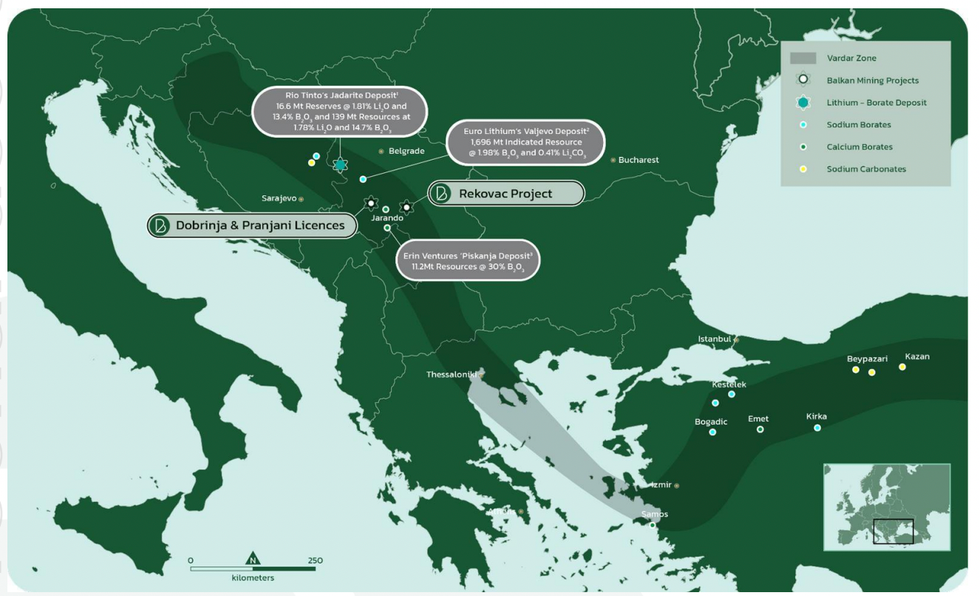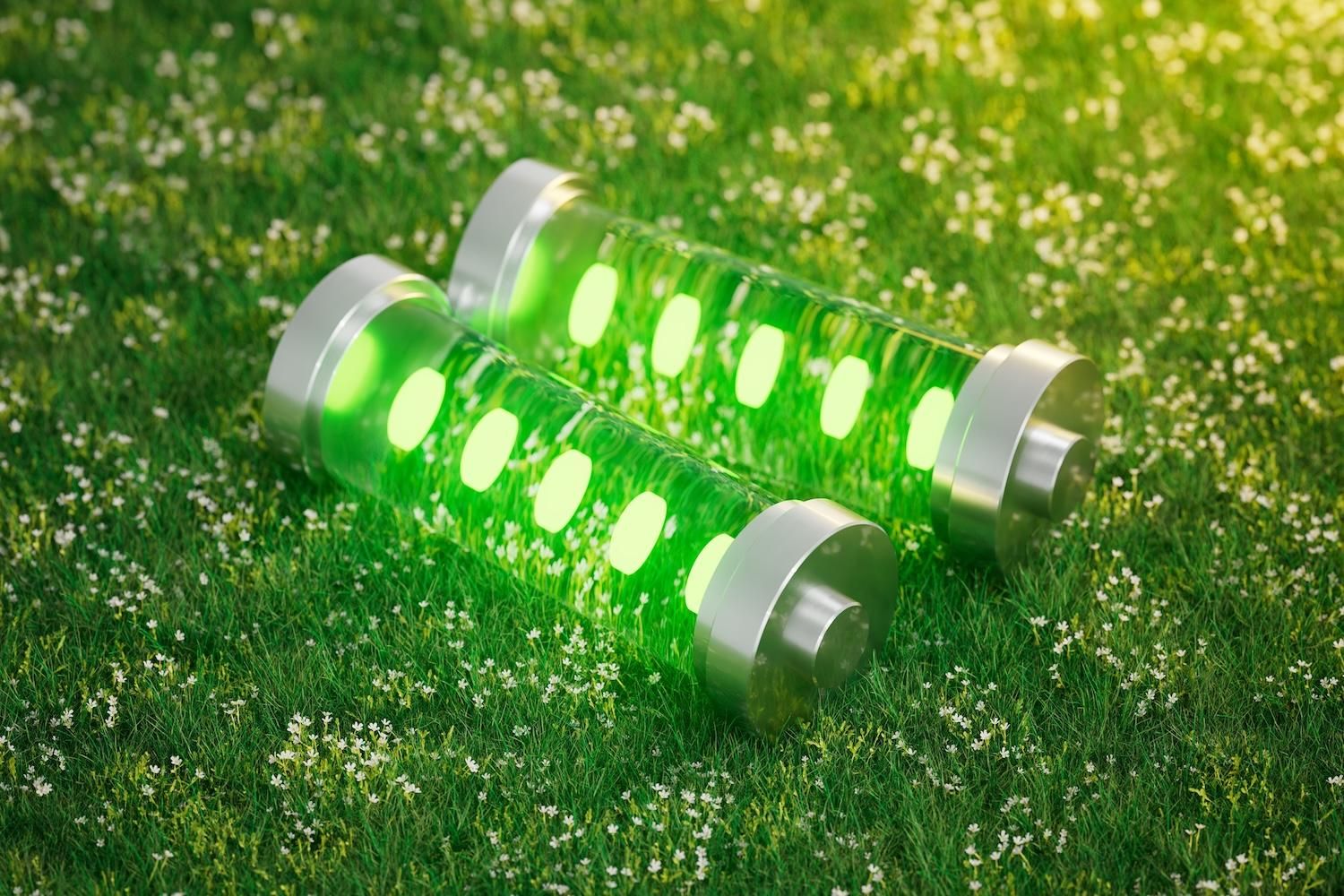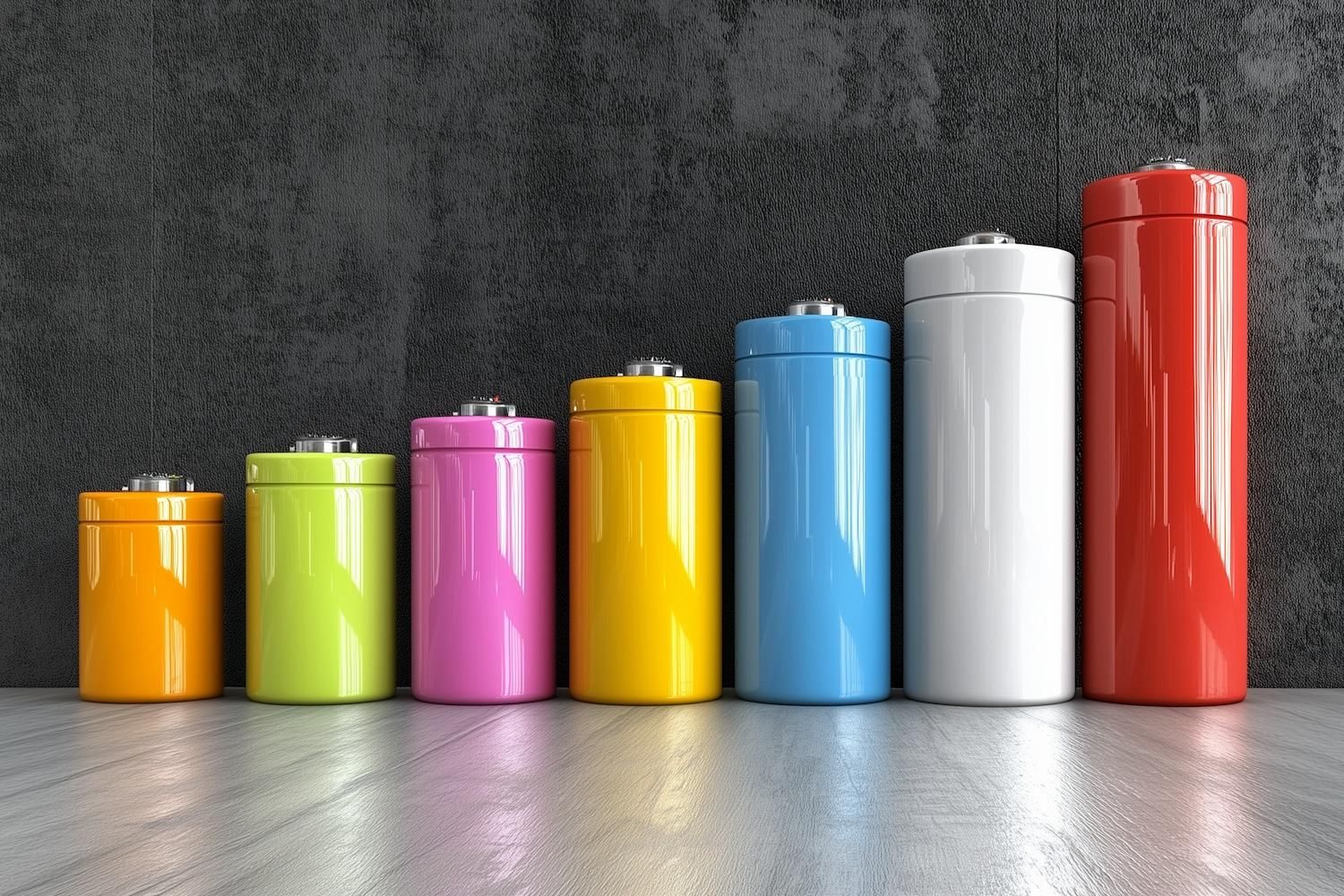
October 05, 2021
Balkan Mining and Minerals Ltd (BMM or the Company) (ASX:BMM)is pleased to announce the completion of its reconnaissance and rock sampling at the Dobrinja Lithium-Borate Project.
The Company has conducted an extensive surface prospecting and a permit wide sampling program, consisting of 97 outcrops being observed and the required information being obtained and recorded into the company database. Additionally, 61 samples of lacustrine-appearing sediments were taken for geochemical analysis.
The sampling program was conducted in order to identify prospective stratigraphy with elevated lithium and boron and to allow the inference of prospective sections.
The samples have been submitted to ALS Bor for sample preparation to be conducted and once completed, the samples will be dispatched to ALS Ireland and Vancouver for multi-element ICP analysis. The Company will release the results once received.
Dobrinja
The project occupies intermontane lacustrine Neogene basin within the trend called the Vardar Zone. The Dobrinja license, covering 37.58km2, is located in western Serbia along trend where lithium– borate Mineral Resources and Ore Reserves have been defined (Rio Tinto, Euro Lithium and Erin Ventures)1.

The Dobrinja basin is generally elongated in a northwest-southeast direction, controlled by the Neogene tectonic. The targeted lacustrine sedimentary sequence comprises of Lower, Middle and Upper Miocene fine pelitic sediments, marlstone, ash-flow tuffs, oil shale and basal clastic flows.
Basement rocks vary in both age and rock type, and include Paleozoic metamorphic rocks, Mesozoic carbonates and Vardar Ophiolites formations. Northwest - southeast trending faults are thought to be major structural controls on basement fracturing and basin development and may also serve as zones of migration for mineral-bearing fluids.
For further information pls contact:
RossCotton MediaInquiries
Managing Director Nick Doherty
White Noise Communications
Authorised for release by the Managing Director of Balkan Mining and Minerals Limited
-ENDS-
BMM:AU
The Conversation (0)
05 September 2021
Bayan Mining and Minerals
Mining Critical Minerals from the Balkan Region
Mining Critical Minerals from the Balkan Region Keep Reading...
19 January
Further Exploration Targets Identified at Bayan Springs
Bayan Mining and Minerals (BMM:AU) has announced Further Exploration Targets Identified at Bayan SpringsDownload the PDF here. Keep Reading...
31 October 2024
Quarterly Activities/Appendix 5B Cash Flow Report
Balkan Mining and Minerals (BMM:AU) has announced Quarterly Activities/Appendix 5B Cash Flow ReportDownload the PDF here. Keep Reading...
01 December
Why SQM Says Social Dialogue is Key to Sustainable Lithium
As scrutiny continues to intensify across the battery metals supply chain, the conversation around sustainability has moved far beyond carbon footprints. At this year’s Benchmark Week, Stefan Debruyne, director of external affairs at Sociedad Quimica y Minera de Chile (SQM) (NYSE:SQM), made that... Keep Reading...
27 November
Battery Storage Market Surging as Electricity Demand Enters New Era
Speaking at Benchmark Week, Iola Hughes, head of battery research at Benchmark Mineral Intelligence, outlined a market that is undergoing “very strong growth" and becoming indispensable to energy security.Hughes described energy storage as the fastest-growing segment in the battery sector today.... Keep Reading...
27 November
Inside Billionaire Gina Rinehart's Key Mining Investments
Australian billionaire Gina Rinehart has become a formidable force in the global mining industry. After taking the helm of her father’s iron ore firm Hancock Prospecting in 1993, she embarked upon a diversification strategy that has vastly expanded her resource empire. Now Australia’s richest... Keep Reading...
26 November
Long State Funding Update
Atlantic Lithium (A11:AU) has announced Long State Funding UpdateDownload the PDF here. Keep Reading...
24 November
CATL Reportedly Plans to Restart Key Chinese Lithium Mine by December
Contemporary Amperex Technology (SZSE:300750,OTC Pink:CTATF) is preparing to restart its Jianxiawo lithium mine in Jiangxi province as soon as early December, sources familiar with the matter told Bloomberg.The sources, who declined to be named, said the company, better known as CATL, has asked... Keep Reading...
24 November
Liontown Resources’ Spodumene Auction Attracts Nine Countries
Liontown Resources (ASX:LTR,OTC Pink:LINRF) held its first digital spot sales auction for 10,000 wet metric tonnes of spodumene concentrate from its Kathleen Valley lithium operation in Western Australia.The auction, which attracted over 50 buyers from nine countries, was conducted on Metalshub,... Keep Reading...
Latest Press Releases
Related News
TOP STOCKS
American Battery4.030.24
Aion Therapeutic0.10-0.01
Cybin Corp2.140.00







